
Spring in astrophotography is known as galaxy season! This is due to the fact that many distant galaxy appear above the horizon this time of year and most nebula are not visible. Below you will find my list of the top 10 targets I recommend for this time of year. For many of these targets it will be good to have a telescope with a focal length of more than 1000mm. I took all of these pictures using my Celestron C8 which has a native focal length of around 2032mm and 1280mm with my f/6.2 reducer. I hope you enjoy the following list and please don’t hesitate to reach out with any questions!

Number 1 on this list and to this day one of my favorite targets is the Sombrero Galaxy, M101!
I took advantage of a clear moonless sky and collected around 4 hours of exposures on the Sombrero Galaxy. The Sombrero Galaxy is close to 30 million light years away and about 50,000 light years in diameter containing 100 billion stars. The bright light it gives off is thought to be from the large number of globular clusters it contains. Then the round bulge you see in the middle is from the supermassive black hole at the center. I took these with my Celestron C8 which framed the galaxy up perfectly with the f/6.3 Reducer.
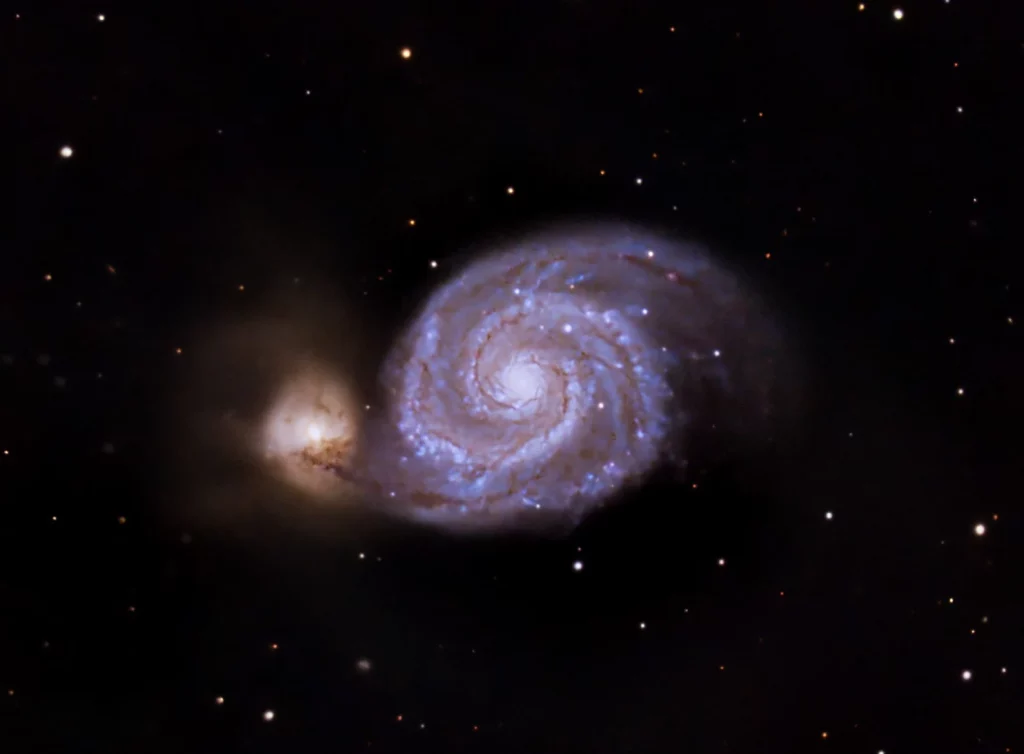
Number 2 on the list is The Whirlpool Galaxy M51 comes in a very close second on this list and it is still one of my favorites!
The Whirlpool Galaxy is a very unique one as it has a dwarf galaxy right beside it that its interacting with. Its around 60,000 light years in diameter and around 31 million light years from earth containing 100 billion stars! Again I took this image with my Celestron C8 and gathered around 3.5 hours of exposures on it.
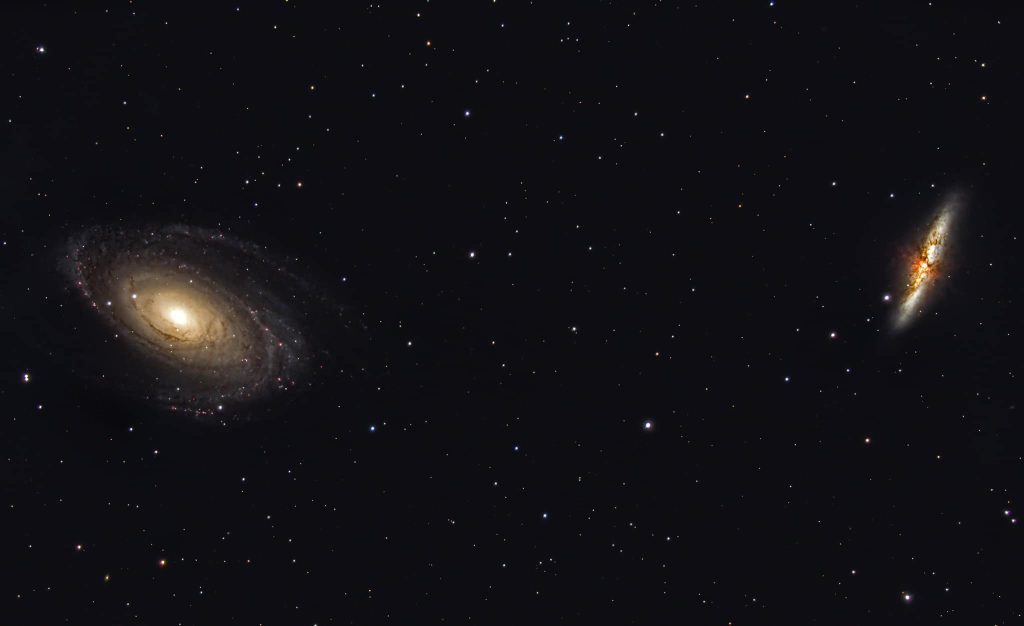
Number 3 on the list of my top 10 targets in spring is Bode’s & Cigar Galaxy
I guess we could consider this number 3 & 4 on the list. But it is often photographed together. This was taken with my Celestron C8 telescope but its one of the few on this list that comes out great when using a smaller telescope as well like an 80mm refracter which I’ve used to photograph them before with that. I got more detail with my C8 but it looks great on a small refractor as well.
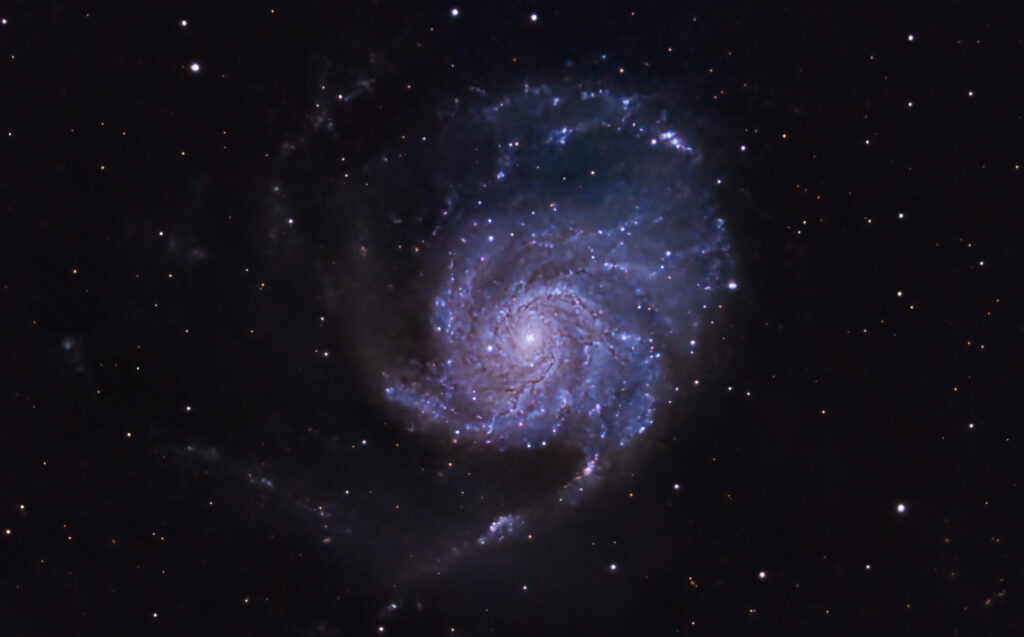
Number 4 on the list of my top 10 targets in spring is the Pinwheel Galaxy.
This is another one that is a slightly bigger object and you could get away with a slightly smaller telescope but I would still recommend having around 1000mm in focal length although it is possible to get away with less. I again too this with my Celestron C8.

Number 5 on the list is the Needle Galaxy.
Again this is going to be a slightly smaller object because it is so far away. The Needle Galaxy is an edge on spiral galaxy around 40 million light years from earth. It is thought to be much larger than the Milky Way with estimates ranging from 250,000-300,000 lightyears in diameter. This is my second shot I ever did with new Celestron C8. I’m looking forward to getting more data on this one soon because its so beautiful!
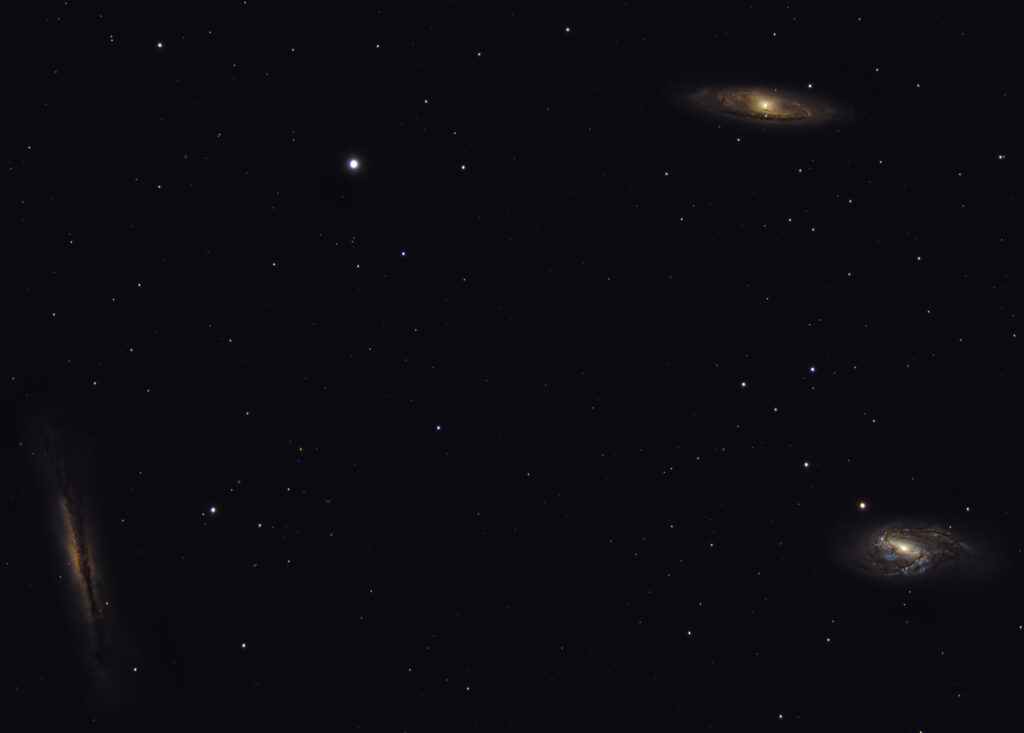
Number 6 on the list is the Leo’s Triplet.
This is such a unique object because you get to capture 3 really unique and beautiful galaxies at once. I love how perfectly my C8 with the f/6.3 reducer framed the 3 galaxies. The galaxies are M65 (top right), M66 (bottom right) and NGC 3628 (bottom left). This is such a unique target with three very distinct galaxies, even an edge on galaxy. These galaxies are around 35 million light years from Earth. Might have to take the reducer off next time and zoom in closer to one or two of these, I especially like the one on the bottom right M66. Really beautiful target! This was from close to 6 hours of exposures.

Number 7 on the list is M106 Galaxy!
This is a bit of a difficult target and can be hard to get the details to show up but once you do it really comes alive, I love all the different colors! You are going to need some long exposure times to get the faint details oft the spiral arms to come alive though. I definitely need more time to get those to show up more.
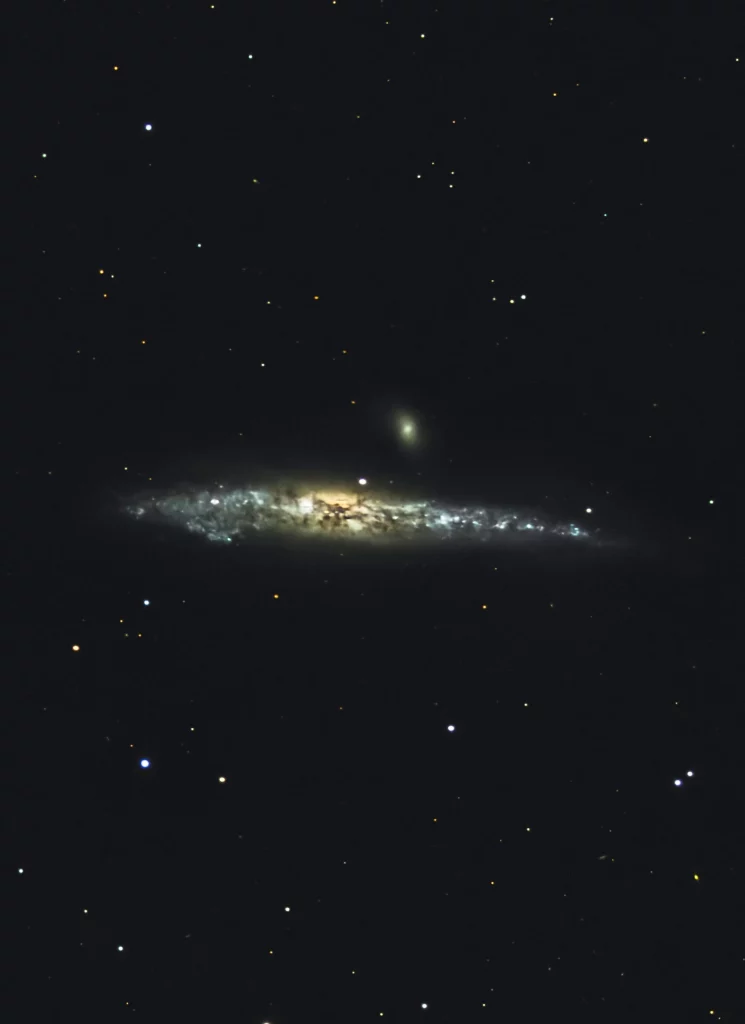
Number 8 on the list is Whale Galaxy!

Number 9 on M102 or the Spindle Galaxy.
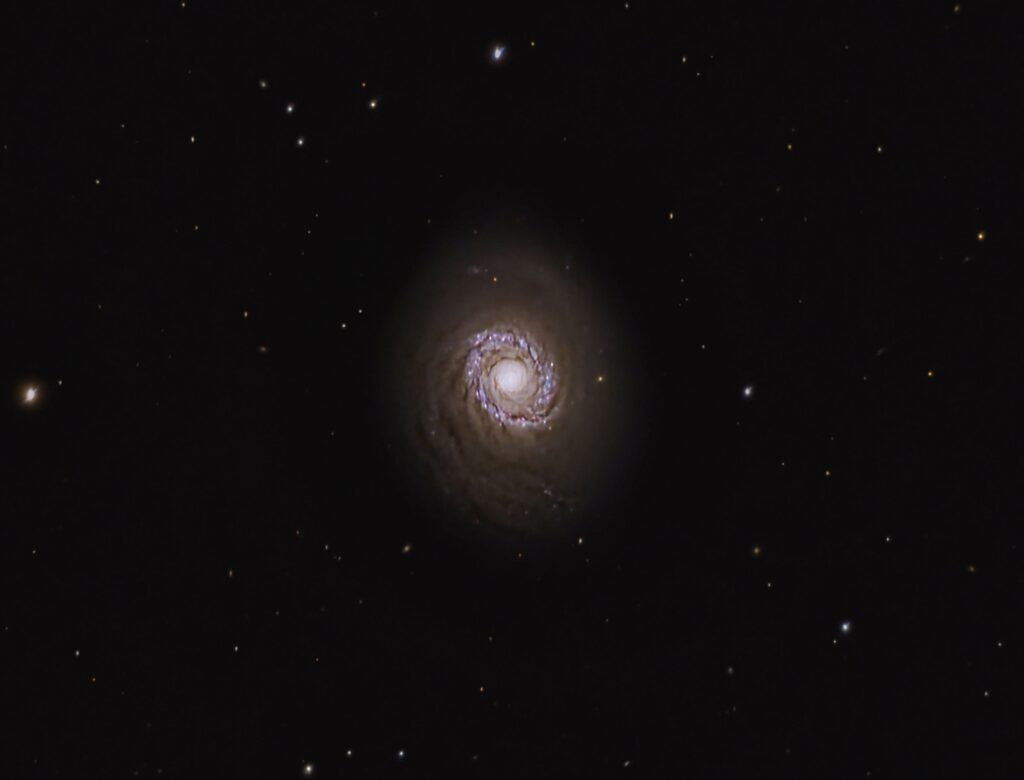
Number 10 on the list is the Cats Eye Galaxy.
M94 is a “smaller” galaxy around 50,000 light years in diameter which is less than half the size of the Milky Way and contains 40 billion stars. It’s around 16 million light years from Earth and is located in the constellation Canes Venatici. Since it’s a bit smaller and doesn’t contain nearly as many stars it was kind of a difficult target. I used my Celestron C8 without the reducer so just over 2000mm of focal length and I’m really pleased of the results! This is from 61 exposures of 300 seconds each, so just over 5 hours of exposures.
